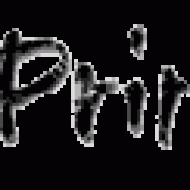DuPont moves to control and manipulate seed
On October 1st 1999 Dupont bought the worlds largest seed company Pioneer Hi-bred for $7.7 billion [1]. Dupont now has 18% of the entire global seed market, and a 42% share of the North American hybrid corn seed market, US biggest crop [2]
This gives Dupont control of the world’s largest proprietary seed bank and a global seeds sales force.
E.I. du Pont de Nemours, began manufacturing explosives in 1802, making DuPont one of the oldest corporations in the world. By the turn of the century du Pont de Nemours were America’s biggest armaments manufacturer
The du Pont family, who still own the controlling interest of the company today, became one of the richest and most powerful families in the US.
In the 1910’s and 1920’s duPont scientists came up with a whole range of new polluting manufacturing processes based on petro-chemicals. The company became, and still remains, the world’s leading producer of artificial fibres [3], patenting nylon and rayon in the 1930’s, and expanding into Europe and Asia.
There is hardly a single chemical toxin in which Du Pont has not played a major role.
Dupont pioneered sulfur dioxide, leaded petrol [4], CFC’s [5] and recently deep well injection of hazardous waste [6] and used dubious science, political manipulation and cover up to avoid restrictions on their use.
